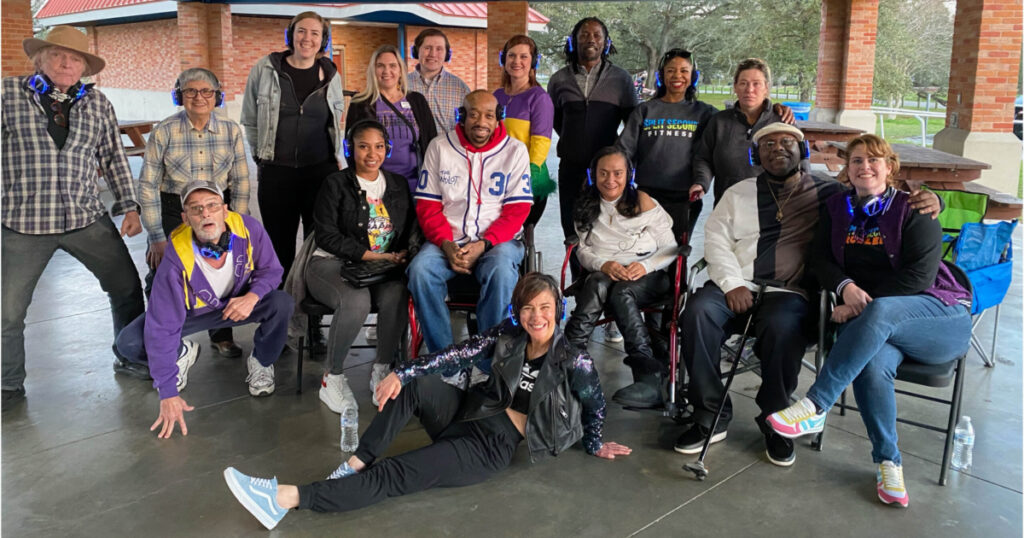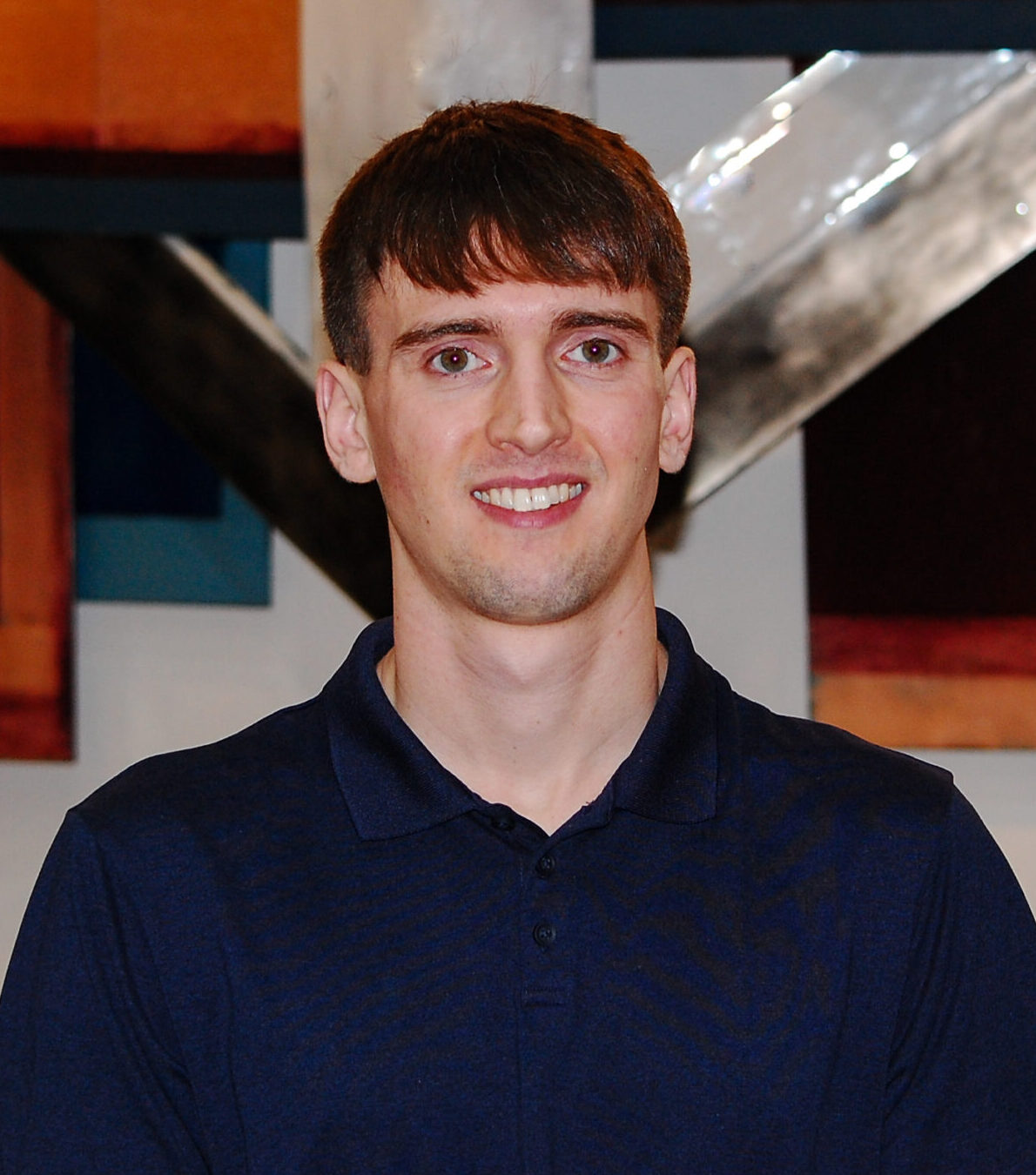- Not all spinal cord injuries result from traumatic events.
- Establish your new routines and find ways to keep active.
- Join a United Spinal Association chapter or peer support group.
- Explore our partners at the Model Systems Knowledge Translation Center‘s database for more specific information on spinal cord injury.
Many assume all spinal cord injuries result from a traumatic event like a vehicle or diving accident, catastrophic fall or gunshot wound. But that’s not true for everyone.
“I’m kind of a different animal here,” says Joe. “My spinal cord injury is more disease orientated.” He was born with a genetic disorder called cavernous hemangiomas. This condition causes tiny capillaries to glom together in the nervous system, usually the brain or brainstem, but sometimes the spinal cord. These clusters look like raspberries, and as they fill up with blood, they can cause pressure on the brain or spinal cord, resulting in disability or injury.
“I’ve had a couple of clusters in my brain, and then one popped up in my spinal column around the T9 region. I’m considered a T9 paraplegic incomplete,” says Joe. If his body reabsorbs enough of the blood of that cluster, he may regain some function. “I get weird feelings all over my body. I don’t feel pain or temperature as much on my left-hand side as on my right. Sometimes I cut myself and bleed and do not know until I see the blood.”
Joe’s first spinal cord injury symptoms appeared around August 2019. “My ankle would give out. It just progressively got worse to where I was using a cane, then a walker, and then eventually, I couldn’t walk anymore, and I needed to be lifted onto the toilet and stuff like that.”
Unfortunately, his disability progression coincided with the COVID-19 lockdowns. “So, the last place I wanted to be was in a hospital. Unfortunately, it got to the point where I couldn’t manage it anymore at home, so we had to find out what was going on. I went into the hospital, and they put me in rehab, which was what I suspected was going to happen.”
4 major obstacles overcome by Joe and his family
Establishing new routines. “You must figure out going to the bathroom, new ways of dressing, and so on. I would never have guessed all the things that go into being paralyzed,” says Joe. He and his family had to assess what chores he could no longer do and deal with the emotional toll of that shifting workload.
“My family has gotten used to me being unable to do stuff, such as shoveling, yard work, and walking the dog in the evening. Now somebody else picks up all the extra work, which is not easy,” says Joe. “My wife has a full-time job, and my daughter was going to school then and is now starting a business. It’s frustrating and hard for me to watch them pick all that stuff up because I used to do it. However, through support groups I have learned other wheelchair users do these tasks so now I have goals to do the same. Part of establishing a new routine and seeing what is possible.”
Figuring out how to travel. The second obstacle that Joe and his family worked through was flying. He and his wife flew out to a week-long program called EmpowerSCI in Stony Brook, New York.
“One thing that we haven’t overcome is all the gear I have to take along for any travel,” says Joe. “I need a shower commode chair, and going anywhere with a shower commode chair is horrible.” The portable ones are too expensive, and the affordable ones are a pain. “That’s especially hard on my wife. She’s the one that needs to get the stuff in and out of the hotels and car.
The couple copes by trying to find places with helpful staff and rooms they can use. “Just because it says it’s an accessible room does not necessarily mean it is a wheelchair accessible room. People sometimes don’t understand the differences.”
Getting back on the road. “Driving is going to be interesting,” says Joe. “I have to get a separate driver’s license and everything, and I will have to learn how to drive.”
Letting go of loved activities. As part of the National Ski Patrol for 47 years, Joe rescued people off hills in special toboggans. “I’m still part of the Ski patrol as an alumnus,” he says. “I still help with some training and things, but I obviously can’t do the skiing part, so that’s frustrating. But again, life has changed, and I must adjust.”
3 Joe-tested coping strategies
Joe offers these strategies on how to be content with life even during uncertainty:
When possible, choose positivity. “Life isn’t always fair, and some things are out of our control. I tell people, ‘You have a choice with everything you do every single day — you can choose to be negative, or you can choose to be positive. And honestly, who wants to hang around and help someone who’s constantly negative, critical, and whines all the time?”
Joe suggests people who are having a hard time connect with a professional who can help meet those mental and emotional needs. Sign up for a United Spinal Association membership for a free month with Better Help online therapy.
Find a peer support group. Joe recommends that anyone with an SCI get connected with different SCI support groups.
“I’ve learned a ton from them,” he says. He recommends searching for a group within United Spinal’s chapter and peer support network.“If there’s anything good about COVID, it’s that these support groups have learned to pick up people from other parts of the country. Without Zoom, I wouldn’t have known about these places. It’s important, especially if someone is from a rural place and doesn’t have those resources nearby.” He has benefited from groups on both coasts, from Massachusetts to California.
Engage with a post-rehab program. During his recovery, Joe found it beneficial to participate in EmpowerSCI. This post-rehab program focuses on peer mentoring, rehab counseling, and informal knowledge-sharing between people going through similar experiences and challenges. There are two locations: Stony Brook, New York, and Missoula, Montana.
“It’s amazing what they put together,” says Joe. “They’ve got everything covered for you — 24/7 coverage to help. There are occupational therapists, physical therapists, and several other volunteers who take time out of their schedules for this week-long session. They get all these people to help, and everybody enjoys it. You get to kayak, swim and do some adaptive cycling.
Joe’s number 1 recommendation for healthcare practitioners:
“Listen to us,” says Joe, when asked how health care practitioners can do a better job serving people with disabilities. “We are probably the biggest group I’ve seen to be in tune with our bodies. We’ve got limited sensation and mobility, so we pay attention to every little twitch or anything that might not be right or different, and we work to figure it out.”
Thank you to our Lousiana Chapter for the photo at the top of the page. Please contact our Community Support team for more information about all of United Spinal’s chapters and programs. Join us by signing up for a free membership. To support our mission, donate here.


